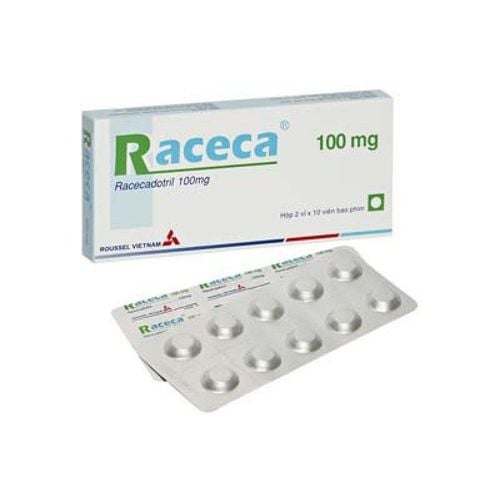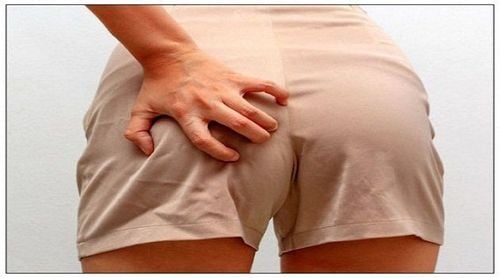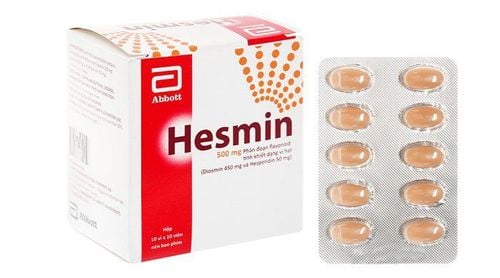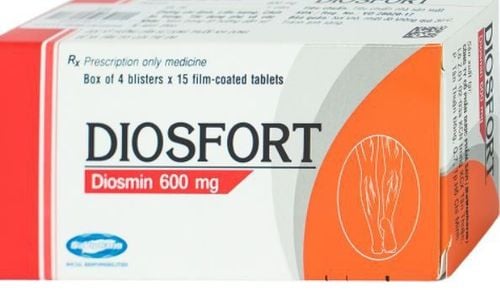This is an automatically translated article.
The article is professionally consulted by Master, Doctor Nguyen Thuc Vy - Doctor of Diagnostic Imaging - Department of Diagnostic Imaging - Vinmec Nha Trang International General Hospital.Anal fistula is a disease that reduces the quality of life of patients because of its pain and frequent recurrence. The disease needs to be completely treated with surgery. Magnetic resonance anal fistula is an advanced imaging method that gives clear images of the position, shape of the fistula and the structure of related software. Performing anal fistula magnetic resonance imaging is not invasive to the patient and is very safe.
1. What is anal fistula?
Anal fistula is an infection of the anal canal and the area around the anus. Although anal fistula is not a life-threatening disease, it often recurs, so it greatly affects the daily life, psychology and life of the patient. Surgery of choice is the definitive treatment. However, for optimal anal fistula surgery, the surgeon should be provided with as much information as possible regarding the fistula anatomy, its shape, characteristics, and the surrounding pelvic structures. core.Today, in addition to contrast injection, ultrasound, anal fistula magnetic resonance imaging is increasingly indicated to support diagnosis and make surgical protocols more effective. Performing anal fistula magnetic resonance imaging allows for more detailed and accurate information about the anal fistula, surrounding soft structures such as the sphincter, ligaments, and associated abscesses, if present. Anal fistula magnetic resonance imaging is also used to evaluate the results after the treatment process.
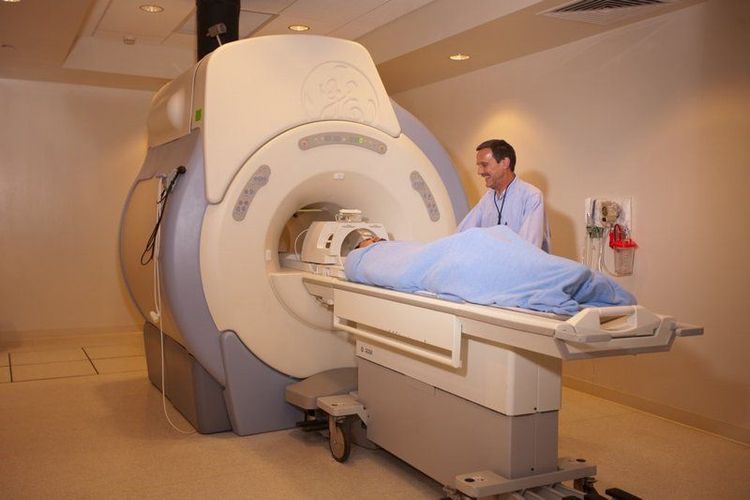
Chụp cộng hưởng từ cho phép chẩn đoán hình về rò hậu môn
2. Indications/Contraindications for anal fistula magnetic resonance imaging in which cases?
Magnetic resonance anal fistula is indicated in the following cases:Detect location of primary anal fistula Detect location of secondary anal fistula Identify inflammatory, pressure lesions vehicle of the surrounding soft tissues Provides an overview of the anatomical structure of the perineum, importantly the anal sphincter and levator system, anal fistula magnetic resonance imaging has similar contraindications Like other cases of magnetic resonance imaging, related to the working mechanism of the magnetic resonance imaging machine, including:
The patient contains magnetic metal artificial materials inside the body such as some types pacemakers, some artificial heart valves, defibrillators, bone fusion devices, hemostasis clips, etc. The high-energy magnetic fields from the scanner can disrupt the operation of these devices and otherwise they can interfere with the magnetic resonance image. Patients bring jewelry, watches, and bank cards into the imaging room. The patient has a fear of the dark or tight spaces. Patients with severe acute diseases need intensive resuscitation. People with metal foreign bodies in the body such as shrapnel in the eye socket and head area.
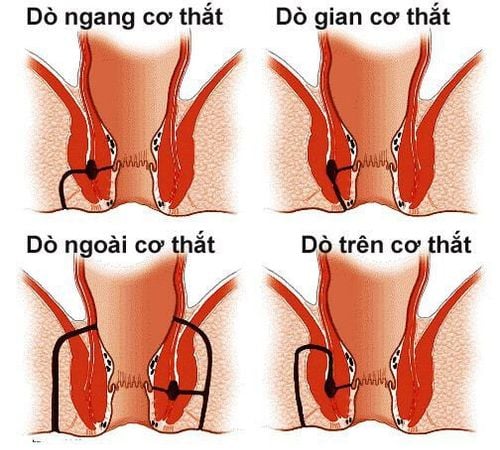
Chụp cộng hưởng từ đối với các trường hợp phát hiện các đường rò hậu môn
3. Procedure for performing anal fistula magnetic resonance imaging
To ensure the safety of the radiographer and the imaging process to take place effectively, an anal fistula magnetic resonance imaging should be carried out strictly according to the following steps:Prepare the magnetic resonance imaging machine. It is recommended to use the machines of the 1 tesla generation or higher to reduce noise and have better image quality. Prepare drugs and some basic medical supplies such as contrast material if needed, sedatives, enemas gel, syringe, distilled water, gloves, sonde... Examining the patient, taking history history to rule out contraindications to anal fistula MR imaging. Instruct the patient to remove personal belongings such as watches, earrings, rings, phones, and bank cards before entering the imaging room. Insertion of a rectal catheter to locate the anal canal may or may not be necessary. For anal fistula magnetic resonance imaging without contrast, the patient does not need to fast before the scan. In the case of using contrast agents as prescribed by the doctor or the patient is a child or has psychological disorders that require pre-anesthesia, medical staff should advise to fast before the procedure. at least 6 hours. Patients should be changed clothes and wear headphones to reduce noise produced from operating the machine. Bring the patient into the room and instruct them to lie on their back on the imaging bed. Place the coil in the position to be captured, then move the plate into the machine's imaging chamber, which produces a high-energy magnetic field. Adjust the pulse sequences to each specific case. The pulses often selected for anal fistula magnetic resonance imaging are T1W, T2W, STIR, SE, and TSE. The scan can take anywhere from 15 to 20 minutes. After the scan is complete, the patient will be directed to the waiting room to receive the results from the doctor after about 30 minutes, depending on each medical facility.

Người bệnh không cần nhịn ăn trước khi chụp
4. Management of complications occurring after the scan
Anal fistula magnetic resonance imaging is considered a non-invasive and safe technique for the radiographer. Patients undergoing an anal fistula are less likely to experience side effects or complications during and after the scan. A small percentage of cases have complications, most of which are not too serious and can be treated immediately such as:Patient anxiety, fear, panic: medical staff need to explain and act patient staff, the goal is for the patient to understand that this is a safe and painless technique. If this solution does not work, the doctor may prescribe the use of sedatives to calm the patient, helping to ensure image quality when taking pictures. Allergic or anaphylactoid reactions to contrast agents: although rare, this complication can still occur. Stop injecting drugs into the patient's body and handle according to the anaphylaxis protocol of the Ministry of Health. Vinmec International General Hospital with a system of modern facilities, medical equipment and a team of experts and doctors with many years of experience in medical examination and treatment, patients can rest assured to visit. and hospital treatment.
Master. Doctor Nguyen Thuc Vy has 09 years of experience in Diagnostic Imaging. Dr. Vy has many years of experience working in the Department of Diagnostic Imaging at the University of Medicine and Pharmacy Hospital in Ho Chi Minh City, trained and attended many courses on specialized imaging at the University of Medicine and Pharmacy Hospital. Hue Pharmacy, Ho Chi Minh City University of Medicine and Pharmacy, Cho Ray Hospital. Currently working at the Diagnostic Imaging Department of Vinmec Nha Trang International Hospital.
To register for examination and treatment at Vinmec International General Hospital, you can contact Vinmec Health System nationwide, or register online HERE.
READ MORE
Itching in the anal margin for a long time is caused by what? What medicine is needed? Anal fistula Anal fissure




